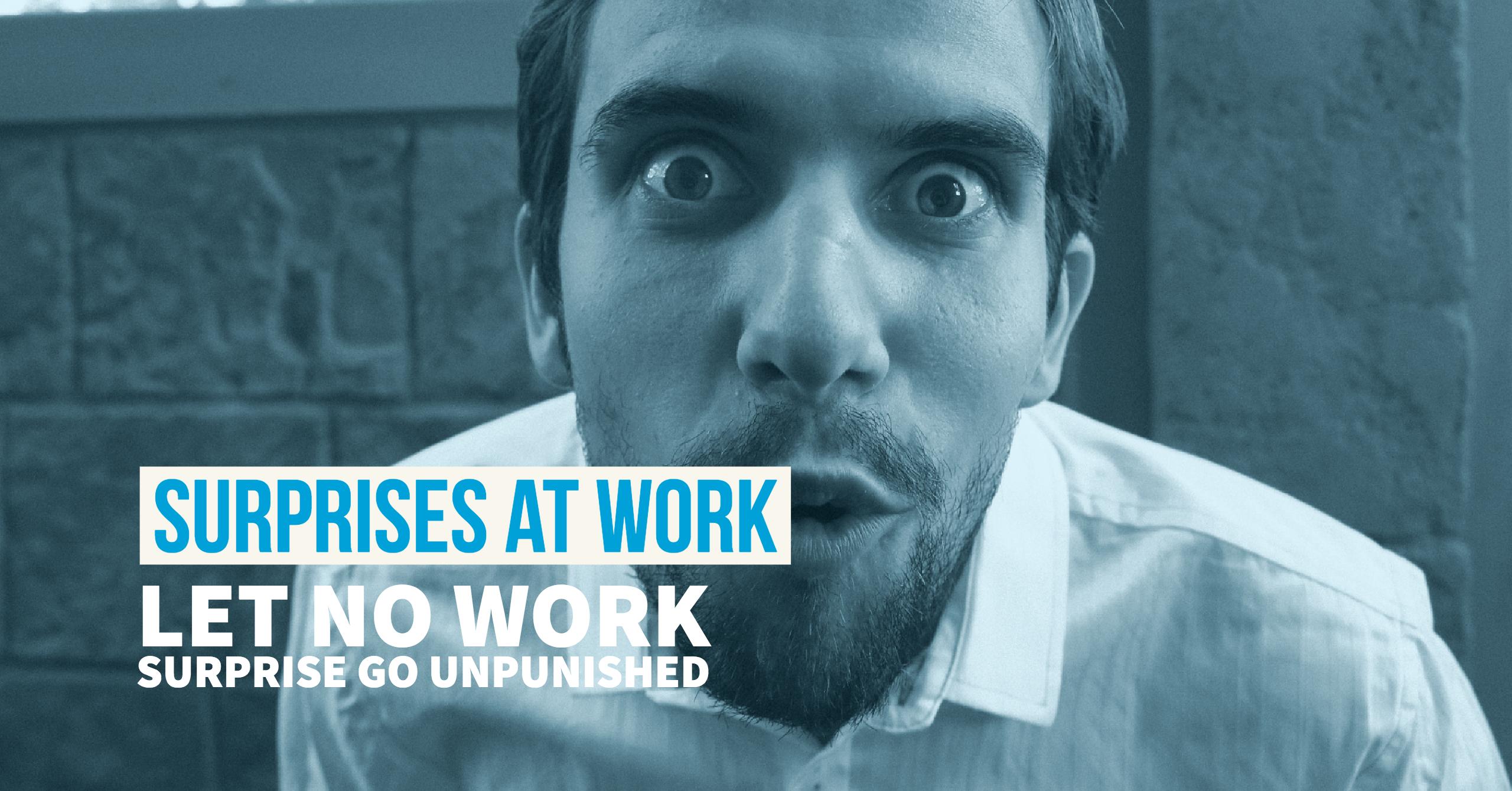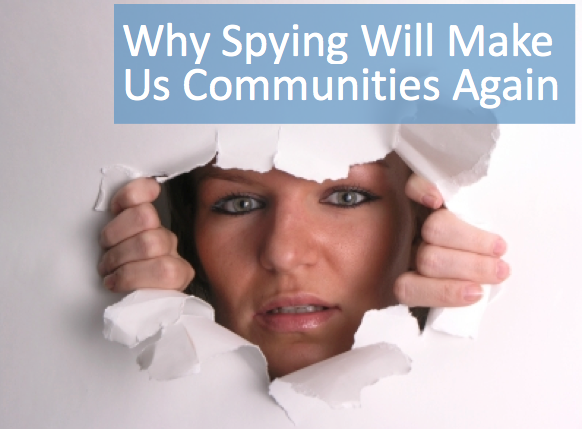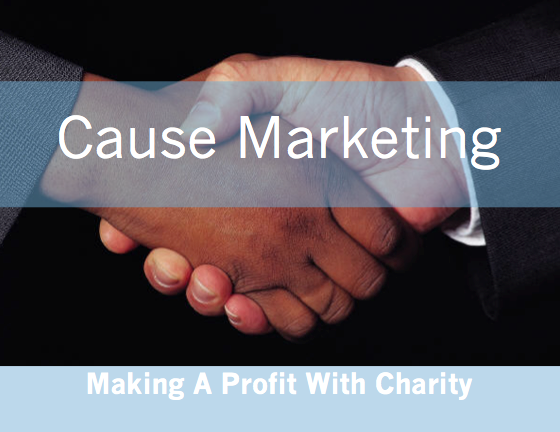
Ever wonder how great presenters get to be great? While what they are presenting is important, how they present it and what considerations they give to the environment they are presenting in is equally important.
In a recent post I marvelled at how data could actually get in the way of strategic thinking. It isn’t a question of how accurate the data is, though that of course that matters, but even the best data can be overwhelmed by the state of mind of your audience, your own mindset and how you choose to share data.
It is difficult to be persuasive when your body is closed or unfriendly. I explore those challenges in my post, Body Language – Managing You So You Can Deliver Your Message. Even when we physically present a positive demeanour our tone can change how information is received. A grating tone can have a disruptive effect and a soothing tone can create interest.
A few years ago on a Saturday afternoon I was lazing around the house with the TV on when I found myself following along with avid attention to a documentary. I was more than twenty minutes into the program when I had to ask myself, “Since when did you have any interest in cartography?”

I like a good map as much as anyone, but the history of map making would never have made my top ten TV list, not even my top fifty, yet there I was mesmerized. It was at that point that I realized that the narrator was Patrick Stewart. Being a fan of Star Trek I had always enjoyed his voice and that enjoyment was all that was required to get me to enjoy the making of maps.
Tone is so influential to how information is received that even if you deliver the identical words, if you change where you place emphases, you can change the meaning. One of my favourite exercises to illustrate how the identical words can have multiple meanings is the following sentence.
“I didn’t say she stole my money.”
If you place the emphasis on different words in the sentence you can get at least 7 different meanings.
I didn’t say she stole my money – someone else said it.
I didn’t say she stole my money – I didn’t say it.
I didn’t say she stole my money – I only implied it.
I didn’t say she stole my money – I said someone did, not necessarily her.
I didn’t say she stole my money – I considered it borrowed, even though she didn’t ask.
I didn’t say she stole my money – only that she stole money.
I didn’t say she stole my money – she stole things that cost me money to replace.
If a sentence this supposedly straight forward can change meaning depending on which word we emphasize, is it any wonder that even the most influential data can be misinterpreted based on emphasis?
To further complicate things we have the audience’s emotions to take into consideration. Were they anticipating the information? Are they vested in the outcome? Do they even understand why you are sharing the information? Just because the connection between your data and their interests are obvious to you, doesn’t mean they are obvious to your audience.
The mood of your audience can also have a tremendous impact. If they are tired because it’s mid afternoon on a busy day, you may want to have them do some stretches before beginning. If they are angry it can have a whole host of consequences. Angry people take shortcuts in their thinking and are more likely to blame people rather than a situation for outcomes. Anger will influence how information is perceived and what actions follow as a consequence. In one study conducted at the University of Illinois (Jennifer S. Lerner) and UC Berkeley (Julie H. Goldberg of and Philip E. Tetlock) noted that people who watched an anger-inducing video were more punitive toward defendants in a series of unrelated fictional tort cases involving negligence and injury than were people who had seen a neutral video. The exceptions to the rule were in those cases where they were told that not only would they be held accountable for their decisions but they would be asked to explain their decisions to an expert.
This gives us a good glimpse into best practices when sharing data, which is having the audience have a sense of responsibility about the outcome or a vested interest in the outcome. Letting them know exactly why you feel the information is relevant to them and telling them that you will ask a few questions at the end to get their opinions on the findings is a good way to ensure that they will do more than daydream while you present. If you can associate a sense of accountability with how they manage the decisions as an outcome, you will also produce more thoughtful contemplation of the data.
Finally we come to the data itself. Whether you use PowerPoint, Prezi, video or Skype can influence your audience’s reception of your materials. Some people actually feel nauseous when they watch the movement of a Prezi presentation while others want to curl up and go to sleep at the first signs of a PowerPoint. Whichever vehicle you choose, make sure that that you are not overloading your presentation with data. Next week I will explore common pitfalls in showcasing data including when Prezi can outshine PowerPoint.
What about you? Have you ever had a presentation, pitch or a meeting take a strange turn because of how data was viewed? Have you ever found yourself captivated by the delivery style of a presenter?
First image courtesy of Pakorn/ FreeDigitalPhotos.net













